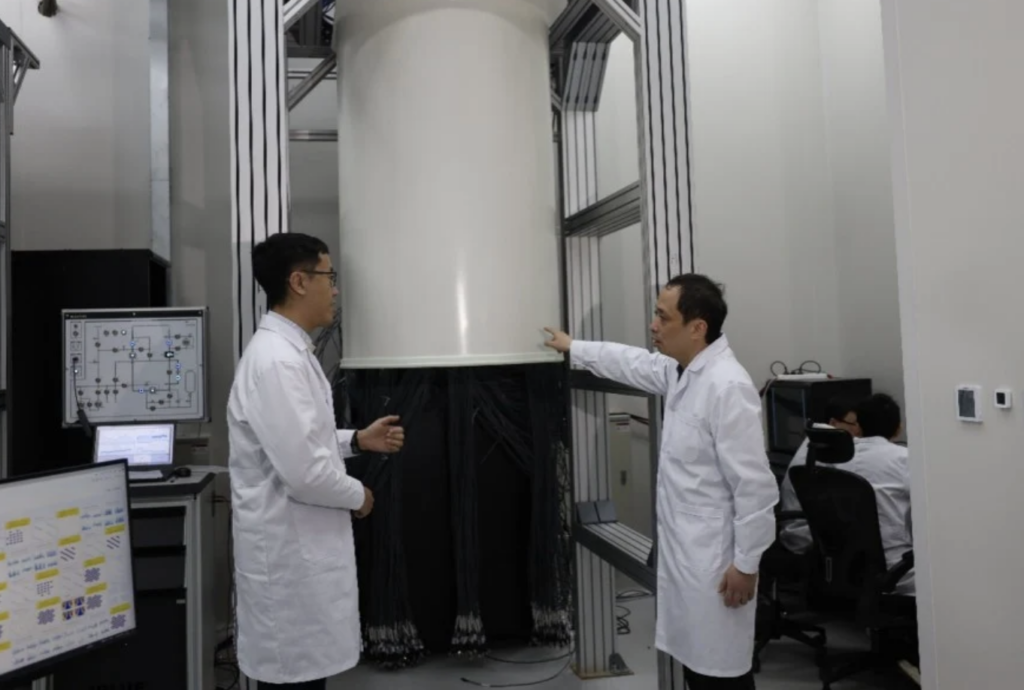Insider Brief
- Dr. Elia Strambini’s TEDx talk highlights the potential of quantum computing, emphasizing how superconductivity can transform computing by drastically increasing efficiency and reducing energy waste compared to traditional silicon microchips.
- Quantum computers, powered by superconductivity, promise operational speeds thousands of times faster while consuming less energy, with potential applications such as accelerating drug development and optimizing energy-intensive industries for sustainability.
- Despite the advancements in quantum technology, Strambini concluded by emphasizing the irreplaceable creativity of the human brain, which machines, even quantum computers, cannot replicate.
In his recent TEDx talk, Dr. Elia Strambini — a research scientist at NEST Istituto Nanoscienze-CNR, Pisa, Italy — presented to us the profound potential of superconductivity and quantum mechanics to transform computing. With technology evolving all the time, Strambini predicts a future where quantum computers not only outperform traditional systems but also contribute to a more sustainable world.
Strambini began by explaining the inefficiency of current computing systems, comparing them to a “candle,” where most energy is wasted as heat. He illustrated how today’s silicon microchips, while powerful, are energy-hungry.
“Most of the energy that you put in your microchip is producing unwanted heat, and just very few of it is really used for computation,” said Strambini.

The talk then shifted to the potential of quantum computing, where superconductivity plays a key role. Strambini used a compelling metaphor to describe how electrons behave at the atomic level, likening them to “dancers” at a party. In current processors, electrons must navigate through a chaotic, crowded dance floor. However, in a superconducting state, “electrons start to couple together and dance in a beautiful, ordered circle,” creating a more efficient, frictionless flow of information.
This phenomenon, known as superconductivity, is foundational to quantum computing. Strambini explained how quantum computers promise “operational speeds thousands of times faster than the best modern computers,” while using even less energy than the human brain. This leap in efficiency is crucial as artificial intelligence and machine learning demand increasingly more power.
Beyond speed and efficiency, Strambini described how quantum computers could revolutionize industries. For example, quantum simulations could drastically accelerate drug development.
“With a quantum computer, you can simulate complex chemical reactions and have a near-instant design of drugs — a process that nowadays takes years of lab activity,” he said. The technology could also help optimize energy-intensive processes like fertilizer production, reducing pollution and contributing to environmental sustainability.
Strambini paid attention to the fact we are on the cusp of a new computing era. As he put it: “We believe that we are at the dawn of a new era of computing in which we will have unprecedented computing capability while maintaining the integrity of our planet.”
While the promise of quantum computing is exhilarating, Strambini closed with a thought-provoking reflection on the role of the human brain. Even with the rise of quantum systems, he argued, machines lack the creative, dreaming capacity that defines human innovation.
“They can work 24 hours a day, but they can’t dream like humans,” he reminded the audience, urging them to continue nurturing their own biological minds.

















